SUMMARY
This is AI generated summarization, which may have errors. For context, always refer to the full article.

CAGAYAN DE ORO, Philippines – For 11 years, John Paul Barsopia has been clinging to the hope that his 59-year-old uncle and father figure Ruben is still alive and living elsewhere.
Ruben is only one of the many people who went missing after Tropical Storm Sendong (Washi) destroyed communities in Cagayan de Oro and Iligan cities between late evening of December 16 and the wee hours of December 17, 2011.
At least 400 of about a thousand people who died were buried in unmarked graves in the two neighboring cities even after DNA tests were conducted by National Bureau Of Investigation (NBI) teams.
“We still hope that he is alive and living somewhere although, admittedly, as the years passed, the chances have become slimmer. We may slowly accept that Uncle Ruben did not survive,” said Barsopia, who works in a radio station in Cagayan de Oro.
Barsopia said he last saw his uncle lying comfortably in the main room of his house in Barangay Carmen.
When the rain poured hard, he called up his uncle and told him to prepare for flooding.
“My uncle just said that he was already used to flooding, and there was no need to panic,” he recalled.

Barsopia lost two uncles on the night of December 16, 2011, as Sendong unleashed its wrath on two unprepared cities in Northern Mindanao.
The Cagayan River rose by as high as 30 feet from its normal level, wiping out settlements in the riverside villages of Balulang, Carmen, and Macasandig.
Data from the Office of Civil Defense (OCD) showed that at least 674 people died in Cagayan de Oro and another 490 lost their lives in nearby Iligan.
Barsopia said they found the body of his other uncle, 56-year-old Ely, strung at the foot of the Ysalina Bridge near city hall the following day.
Neighbors told him the floods hit their house. “I tried to rescue my Uncle Ruben. I swam but the river current was too strong,” Barsopia said.
He said he repeatedly tried to call his uncle when the floods came until the next day, but his efforts proved futile.
Fellow media workers found Barsopia wet, shivering, and pleading for help to find his uncle on top of the bridge the next morning.
Three months later, Barsopia said the NBI Disaster Victims Identification team extracted DNA sampling from his grandmother, Mercedes, in the hope of finding a match among the samples from 200 unidentified bodies in Cagayan de Oro and another 124 in Iligan.
The bodies were buried in an unmarked vault at the Cagayan de Oro Memorial Park, then known as the Bolonsiri Public Cemetery, and in Iligan City.
“Up to this day, the NBI did not give us any result. My grandmother died already,” Barsopia said.
Former Cagayan de Oro social welfare chief Teddy Sabuga-a said the NBI never released the results of the DNA matching during the nine-year term of then-mayor Oscar Moreno.
Sabuga-a said the matching could not be processed due to the lack of reagents.
Dr. Tammy Uy, NBI-Northern Mindanao medico-legal chief, said in an interview on December 16, 2014, that the money to complete the DNA tests ran out in 2012.
He said then that 800 family members came to the NBI office to have their DNA taken.
The OCD, however, declared in 2012 that all the missing people on their list as dead, a declaration Barsopia found difficult to accept.
“I will not forget that day when the OCD declared my uncle died because it was his birthday,” said Barsopia. He said he was very close to his uncle who never married.
The Barsopias were trying to move on, and have since been resettled at a relocation site developed by the local government.
Mayor Rolando Uy said the Sendong tragedy was a wake-up call for the city and residents to seriously plan for climate disasters.
“I remember that the people in Balulang and Carmen did not heed our calls to evacuate hours before the Cagayan River overflowed from its banks,” Uy said.
“The people told our responders that they were used to the flooding of the river, and there was no need to evacuate,” he added.
Uy said by the time the river overflowed, it was already too late for the responders to evacuate the residents.
On Friday, December 16, the city government led the commemoration of the 11th anniversary of the Sendong devastation, the worst environmental disaster in Cagayan de Oro in recent years.
Sendong made landfall on the east coast of Mindanao on the afternoon of December 16, 2011. By 10 pm, the eye of the storm was already hovering over the city, and in six hours, Sendong poured 400 mm to 500 mm of rain.
The heavy downpour brought about by Sendong flooded 41 of Cagayan de Oro’s 80 barangays, 27 of which are along the Cagayan River.
Eleven years after Sendong, City Housing Urban and Development Department (CHUDD) manager Joeffrey Namalata said they were still working to provide resettlement sites for thousands of families left homeless by Sendong.
Of the 14,650 families displaced by Sendong, city hall has already resettled 10,468 in 73 relocation sites across the city.
Uy said the only way to honor the victims of Sendong is by having a roadmap for ensuring a disaster-resilient city.
“We will never forget the tragedy of Sendong. But more importantly, we should learn the lesson the tragedy taught us. That is, we need to be prepared,” Uy said.
He said the city government has embarked on a partnership with the Misamis Oriental provincial government for joint disaster response.
“As a city that is highly vulnerable to climate change impacts, we need to do more for the safety of Kagay-anons and contribute more to national efforts at climate change adaptation and mitigation,” he said. – Rappler.com
Add a comment
How does this make you feel?

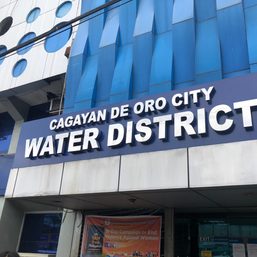
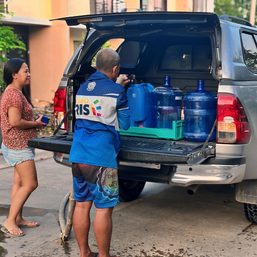
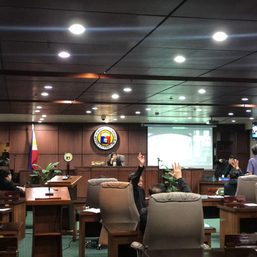


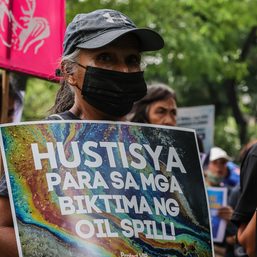
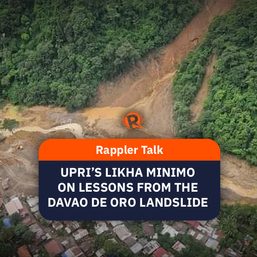
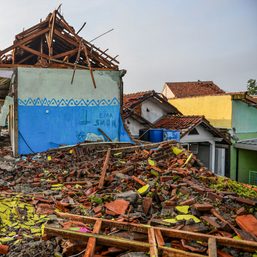
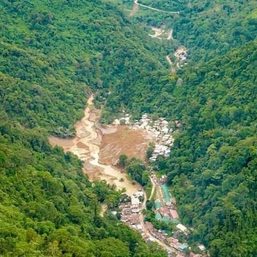
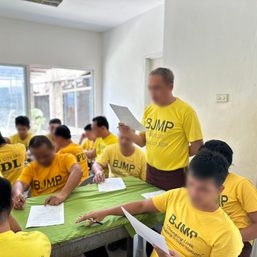
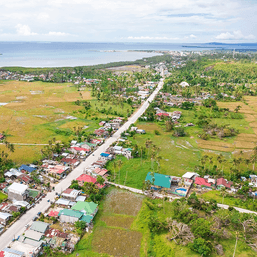

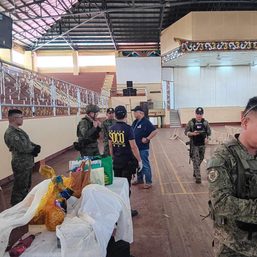
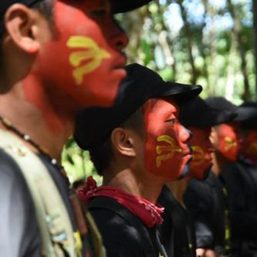


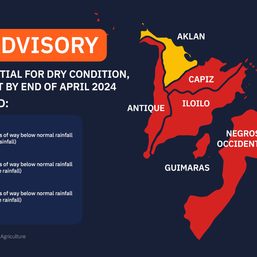

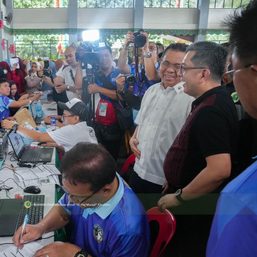
There are no comments yet. Add your comment to start the conversation.